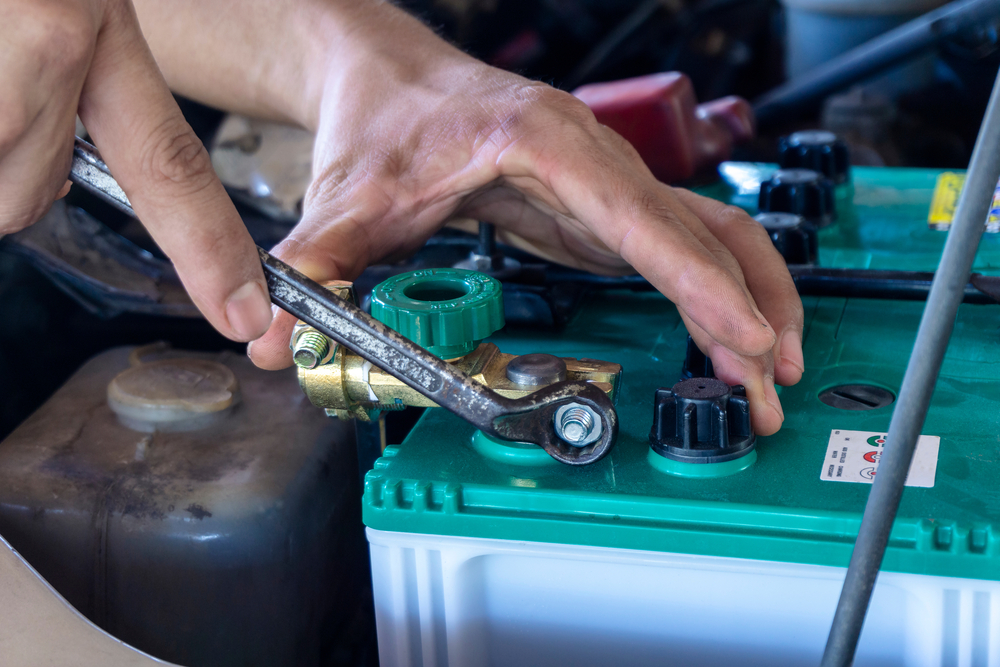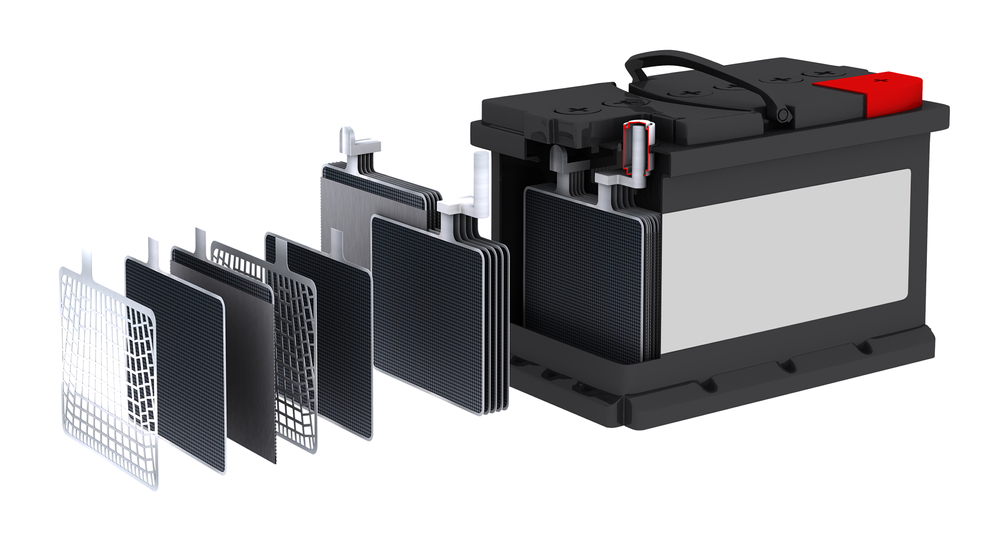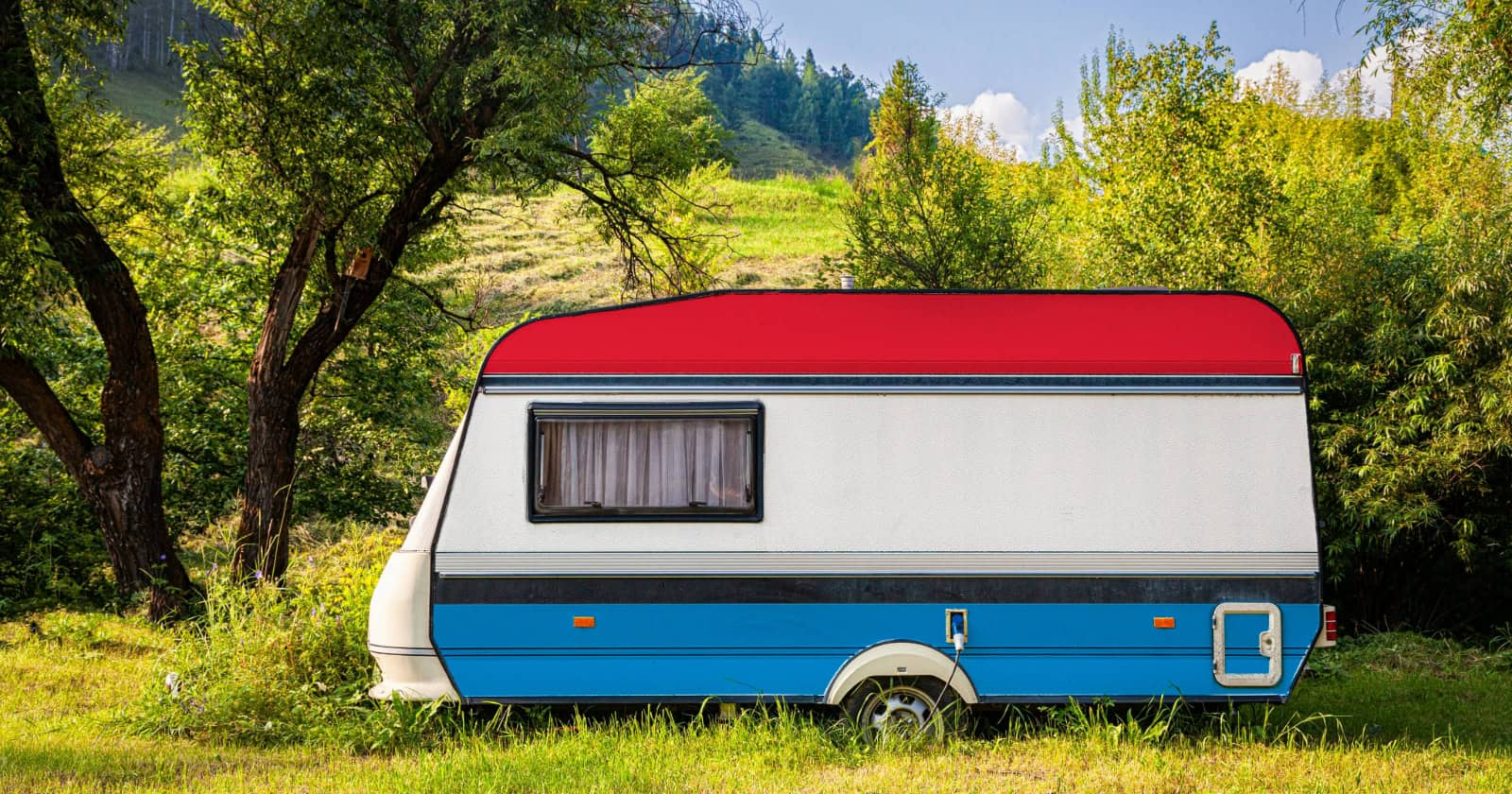
Don’t Use The Wrong Battery for Deep Cycle RV Battery Applications
I keep getting emails from people who have starter batteries installed instead of deep cycle RV batteries. Some of them were substituted by solar installers or RV repair shops. Sometimes the emailer simply made their own decisions.
Stop it! Stop using engine start batteries for deep cycle RV battery applications. If a deep cycle lead-acid battery is specified and you get a starter battery you have been ripped off. If you buy an engine start battery and try to use it as a deep cycle RV battery you will not get the performance you paid for and soon it will fail. I don’t care if it says “deep-cycle” on the label. Don’t trust the label!
Lead-acid engine start batteries are not the same thing as lead-acid deep cycle RV batteries. Lead-acid start batteries are less expensive, but they are designed to provide quick, high amperage draws and not designed to provide long-duration low current. Deeply draining engine start batteries will quickly kill them. Stop using engine start batteries — except to start your engine.
Starter batteries are for starting
Starter batteries provide a quick burst of power to start your engine. After that, they need to be recharged right after they are used. They only use a small amount of their potential energy to accomplish the engine start so recharge is quickly accomplished. Occasionally they will act as a buffer if the draw exceeds the alternator power. This also is a very short duration event. Your engine does not run on the starter battery, it runs on the alternator.
Modern lead-acid engine start batteries are especially bad selections to use as a deep cycle battery. A modern lead-acid engine start battery will be labeled as “low maintenance” or sometimes even “zero maintenance”. This means that you cannot add distilled water to the cells. Recharging the battery quickly will cause the fluid to release hydrogen gas. The gas is then vented — you need the liquid to be in liquid form (inside the battery) so that it can release the stored energy. If the liquid is gone — so is the battery.
Starter batteries are not designed for a long-term low amperage draw and will quickly die if used in this way. They are not designed for multiple deep discharge and charge cycles. Starter batteries will completely fail if drained to 50 percent of their full capacity only a few times. Modern lead-acid engine start batteries are very intolerant of deep discharge and will die in only a few months if used as a deep cycle battery.
Deep Cycle RV Batteries
A deep cycle RV battery is not designed for quick bursts of power. They are designed to provide a long-duration low current. This design enables multiple charges and discharge cycles with only minimal damage to the battery. Lead-acid deep cycle batteries are much more tolerant of discharge to 50% of their “full” capacity than are modern batteries. Fifty percent discharge lowers the lifespan of the battery to a few hundred discharge/recharge cycles.
So far I have not seen the inverse mistake, a lead-acid deep-cycle battery used as a starter battery, probably because deep-cycle batteries cost more than starter batteries. Getting specific, I also prefer lithium-iron-phosphate deep-cycle batteries. This article is not addressing that issue but you can get more information about that here. Lead or Lithium and Lithium/Lead Acid Final Analysis
Combination Batteries
This is where the marketing department has deceived the consumer. Later I will explain the differences on the inside of the battery that makes one battery a lead-acid start battery and one battery a lead-acid deep cycle battery. You can have one or the other but not both.
There are no good combination lead-acid batteries that excel as both starter batteries and deep cycle batteries. Simply put, if the label doesn’t say AGM or Gel (and has a high price) and if the battery doesn’t have fill caps, it is nearly certain to be a lead-acid engine start battery.
The Four Basic Lead-Acid Battery Types
Here are the general differences in the lead-acid battery variations. Understanding the difference will help you choose the correct deep cycle RV battery for your application.
Flooded Cell
The oldest style of lead-acid batteries is flooded cell batteries. They may be lead-acid starter batteries or deep cycle lead-acid batteries. The key identifying feature is the caps on top of the cells where you can add distilled water. Today in 2021 most batteries with caps are deep cycle batteries.
Sealed Flooded Cell
This is the modern lead-acid start battery. The caps on top of the cells are missing from these batteries. There are two styles of these batteries. One type has extra fluid built into the case. Under normal circumstances, the fluid will be depleted as soon as the warranty expires. The second type is a valve-regulated vent battery that may be installed in toys or mobility scooters. I have not seen a “full size” valve-regulated battery.
AGM Batteries
AGM Batteries are sealed lead-acid batteries. They have fiberglass between the cells. Almost always AGM batteries are deep cycle batteries. Some AGM batteries are starter batteries and they are expensive. The fiberglass mesh between the lead plates isolates each plate from the adjoining plate. I have owned six sealed lead-acid AGM batteries. The four I still have and are doing fine. Two I sold with my previous RV; last time I checked they also were fine. Since these batteries are more expensive to make than lead-acid start batteries they will always say AGM on the label.
Gel Batteries
Gel Batteries are advanced sealed lead-acid batteries. The electrolyte is a gel rather than a liquid. Many people will drop the word “gel” when selling a sealed battery that doesn’t have any gel in it. True gel batteries are as expensive as AGM batteries. Some gel batteries are very good deep cycle batteries and these require special treatment. Unless you know what you are doing don’t replace flooded lead-acid batteries with gel batteries.

The Difference is on the Inside
To create quick discharge, lead-acid starter batteries have a lot more lead plates on the inside. Each lead plate is thinner when compared to the thicker lead plates in a deep cycle RV battery. The thin plates inside the battery are in an electrolyte bath and transfer current quickly. The large surface area of the lead in the electrolyte bath enables this quick discharge.
Deep cycle RV batteries have fewer and thicker lead plates in the electrolyte bath. The plates are also further apart. The best lead-acid deep cycle batteries are AGM batteries. AGM batteries are better than wet-cell lead-acid batteries but are not nearly as good as lithium batteries.
How to read a battery label
AH refers to the amp-hour rating of the battery. On an engine start battery, this means almost nothing. On a lead-acid deep cycle RV battery, the amp-hour rating is directly related to the weight of the battery. Bigger and heavier batteries will have a larger amp-hour rating.
CCA or MCA refers to the cranking amps of the battery. CCA is cold-cranking amps and MCA is marine cranking amps. To change the math from CCA to MCA multiply the number by 1.25. I am seeing more and more of the MCA ratings only because the MCA number is bigger. If the label says cranking amps then almost certainly you are looking at an engine starter battery.
“Maintenance-Free,” “Zero-Maintenance,” or “Low Maintenance” means that you are looking at an expensive AGM or Gel or that you are looking at a lead-acid engine starter battery.
The group is a reference to the size of the battery. References to applications such as RV, marine, trolling motors, deep cycle, are 100% marketing bunk don’t believe one word of it. The only words that matter are AGM and or Gel. I don’t care if it says “deep-cycle” on the label. Don’t trust the label!
How to tell the difference on the outside
Assuming the battery does not say AGM or Gel on the label — batteries with fluid caps are deep cycle batteries. Batteries with fluid caps are also the least expensive lead-acid deep cycle batteries. If you cannot replace the fluid on a wet-cell battery then it is either an AGM, Gel or it is a lead-acid engine start battery.
All lead-acid starter batteries have a Cold Cranking Amperage Rating proudly displayed on the outside of the battery. The bigger this number, the more willing the battery is to give its burst of engine starting power.
When shopping for batteries to start your car you should get the battery with the largest CCA number on the label that will comfortably fit in the battery tray. My car battery has a CCA rating of 640. If I could find a battery that was the same size and shape as my 640 rated battery that had a CCA rating of 700 this battery would start the car even better and it would last longer.
All batteries may have an amp-hour rating. The presence of an amp-hour rating does not make the battery a deep cycle RV battery. Amp-hour ratings on lead-acid starting batteries are marketing bunk.
Deep Cycle RV Battery
A good deep cycle RV battery won’t have a CCA rating because they are not intended to act as starter batteries. The only exceptions are AGM or gel. Stop using engine start batteries for deep-cycle replacements, they don’t work.
Some batteries have both an amp-hour rating and a CCA rating; this does not mean that the battery is a deep cycle battery. Look for other clues. Is the price of the battery similar to that of other deep cycle batteries and obviously higher than known engine start batteries? Does the battery have caps on the top to add distilled water? Is the battery labeled Gel or AGM? Does the price match an engine start battery? All these are clues as to what is inside.
Conclusion
I have visited multiple big box stores and looked over the battery selection and found many less expensive “deep-cycle” batteries that are really just starter batteries waiting for a sucker to buy them. I fell for this once…never again.
Stop using engine start batteries for deep cycle RV battery applications. This is one place that you will get what you paid for and because of marketing your batteries will fail well before deep-cycle batteries would have. This is exactly what the marketing department wants. Limited function and repeat customers. You can get more information about this subject and so much more at FoxRVTravel.com – Batteries/Electrical
Scott Fox is a retired Navy pilot and flight instructor that has been traveling full-time in his RV for almost four years. Scott’s first experience with RVing started as a youth in a small travel trailer with his family. Overall his camping experience spans well more than fifty years. FoxRVTravel.com shares stories and explains some of the more technical aspects of RVing. Both this article and FoxRVTravel.com are freely given without financial compensation by this publisher or by anyone else in any way. He explains that he just wants to help people get the straight story with no strings attached.



